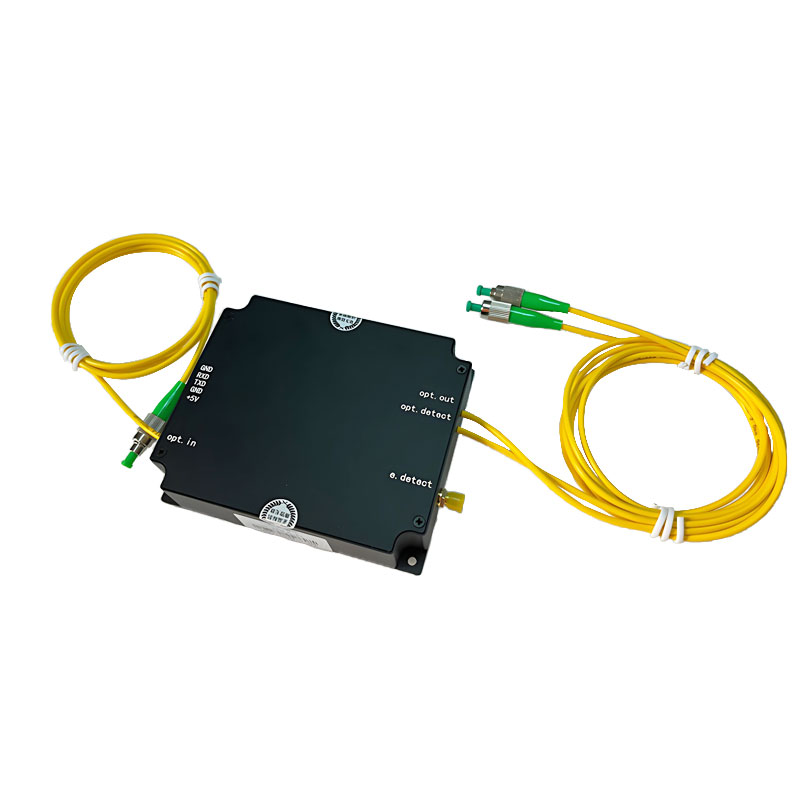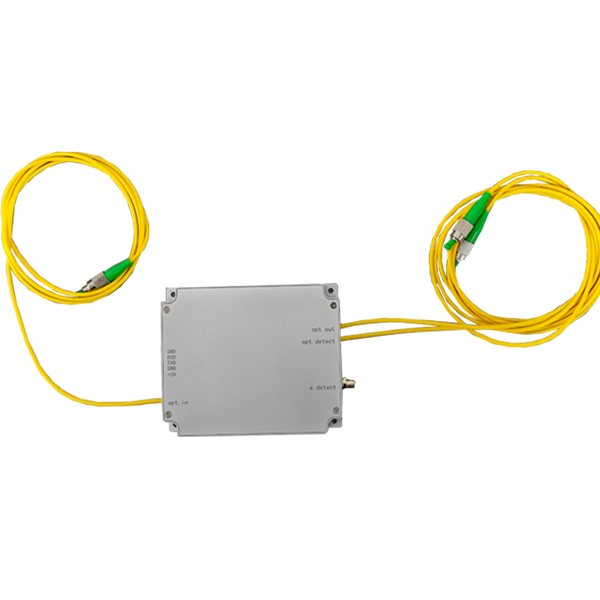Principle of EDFA Erbium-Doped Fiber Amplifier Video
Principle of EDFA Erbium-Doped Fiber Amplifier Video, Video animation depicting the principle of implementation of the Erbium Doped Fiber Amplifier EDFA.
Video Link:
Subtitles in the video
Before answering the question of how to amplify a weak light signal, we can look at one such optical structure.
An input port feeding a 1550nm optical signal is then coupled through a WDM coupler to the 980nm pump light output from a 980nm pump laser, which is then injected together into an optical fiber doped with bait, a rare earth element. What effect does this optical structure produce internally?
The fiber core is doped with bait, a rare-earth element, and the bait ion, which has three working energy levels, E1, E2, and E3. Among them, the E1 energy level has the lowest energy and the largest number of particles, while the E3 energy level has the highest energy and the smallest number of particles, and the blue line in the middle corresponds to the E2 energy level.
Of these three energy levels, because the E1 energy level has the lowest energy level, the largest number of particles, the most stable, we also call it the ground state, that is, the most stable state; and the highest energy in the E3 energy level, the particles in this energy level are the most unstable, we also call it the excited state. The middle E2 energy level is between the ground state and the excited state, and we call it the substable state. It is more active than the ground state and more stable than the excited state. The number of particles in the substable state is relatively stable and can remain in a stable state for a period of time.
The purpose of adding a pump light source is to feed energy to matter, so that particles in the lower energy level E1 absorb the energy of the pump light and then have to jump upwards to the E3 energy level (that is, the excited state), which we call the process of electrons absorbing the pump light jump.
The particles on the E3 energy level are in the excited state, which is very unstable, so in the absence of external particle excitation, it will leap downward one after another to the E2 energy level, which is the substable state, and we call this process the radiation-free leap (without external particle excitation, the particles on the high energy level automatically and spontaneously leap downward to the low energy level).
The E2 energy level, on the other hand, because it is in a substable state, can hold the particles on this energy level for a period of time, allowing the realization of an inverted distribution state of the particle number between E2 and E1.
At this time, if there is a foreign photon excitation, and this light happens to be the light signal will be amplified, at this time the light signal is weak light, the number of photons contained in it is relatively small, and so that the incoming photon, as a foreign excitation photon between E2 and E1, will be in the inversion of the distribution of the state of the process of radiation of the excited is greater than the process of the absorption of the stimulated, to produce a new all-simultaneous photon, so as to achieve the amplification of the light, so that light from the material output is a strong light.
Then through the isolator in addition to 1550nm light all filtered out, to achieve the output of greater optical power of 1550nm light, in order to achieve the effect of light amplification.
This is the basic principle of the EDFA Erbium Doped Fiber Amplifier, an optical structure that we usually package as a separate module for applications where weak light signals need to be amplified in the optical path.


